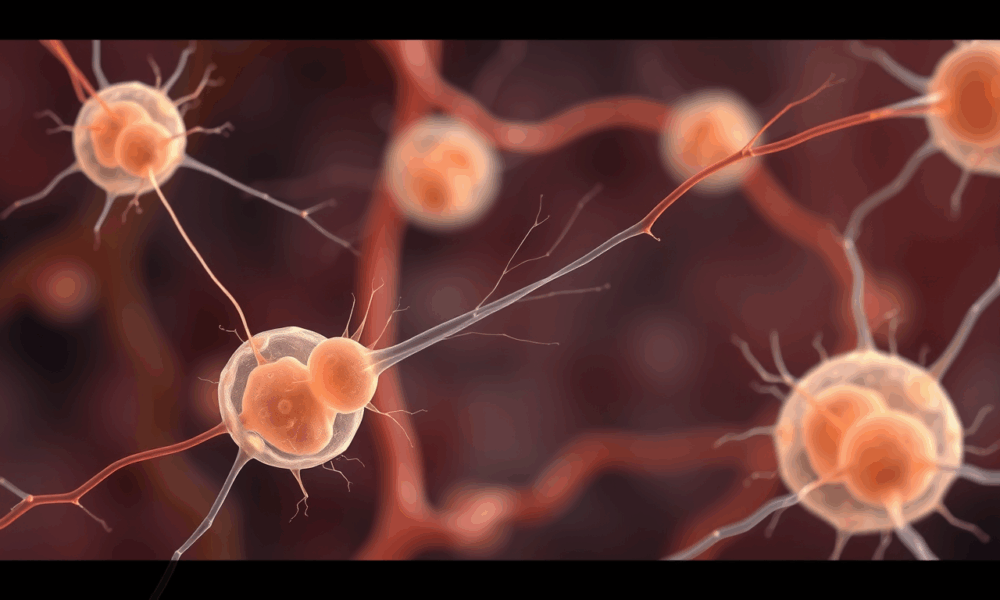
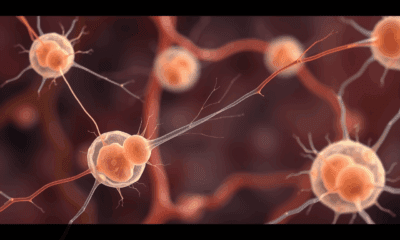

Scientists found that embryonic skin cells “whisper” through faint mechanical tugs, using the same force-sensing proteins that make our ears ultrasensitive. By syncing these micro-movements, the...

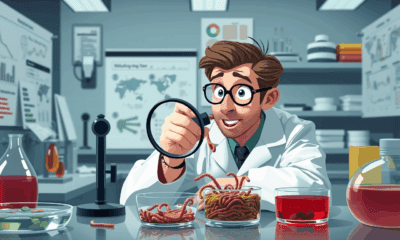

Scientists have discovered that starving and then refeeding worms can reveal surprising secrets about aging. When a specific gene (called TFEB) is missing, these worms don’t...



Cats overwhelmingly choose to sleep on their left side, a habit researchers say could be tied to survival. This sleep position activates the brain’s right hemisphere...



Southern resident killer whales have been caught on drone video crafting kelp tools to groom one another—an unprecedented behavior among marine mammals. This suggests a deeper...



Scientists have reported use of antibacterial coatings made from resilin-mimetic proteins to fully block bacteria from attaching to a surface. A protein that gives fleas their...
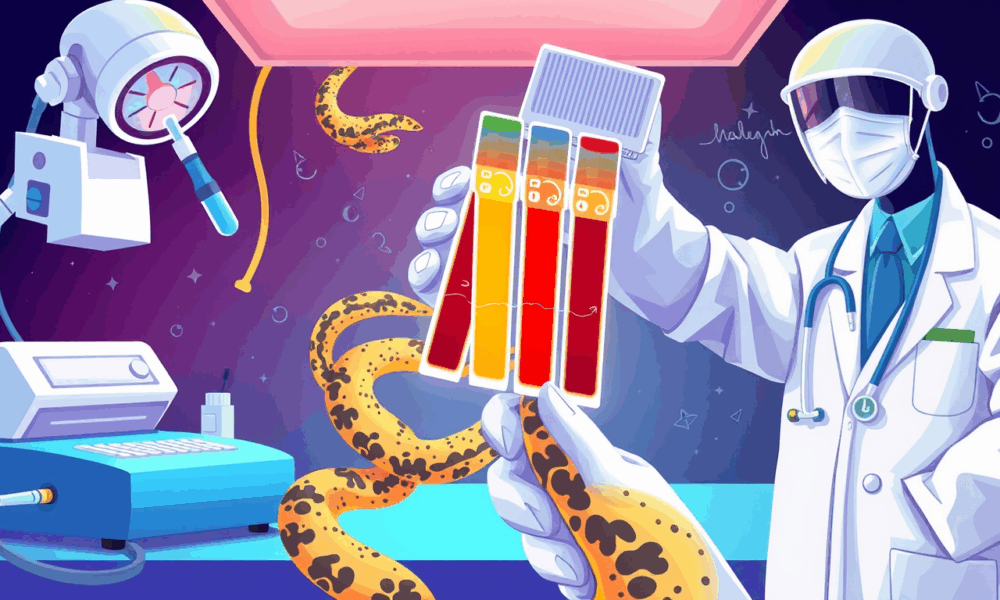
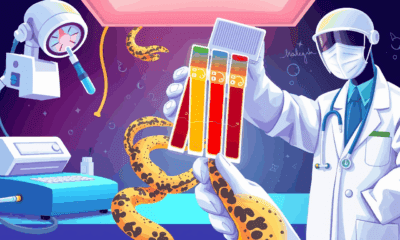

Researchers have published the first example of a synthetic sugar detection test for snake venom, offering a new route to rapid diagnosis and better antivenoms.
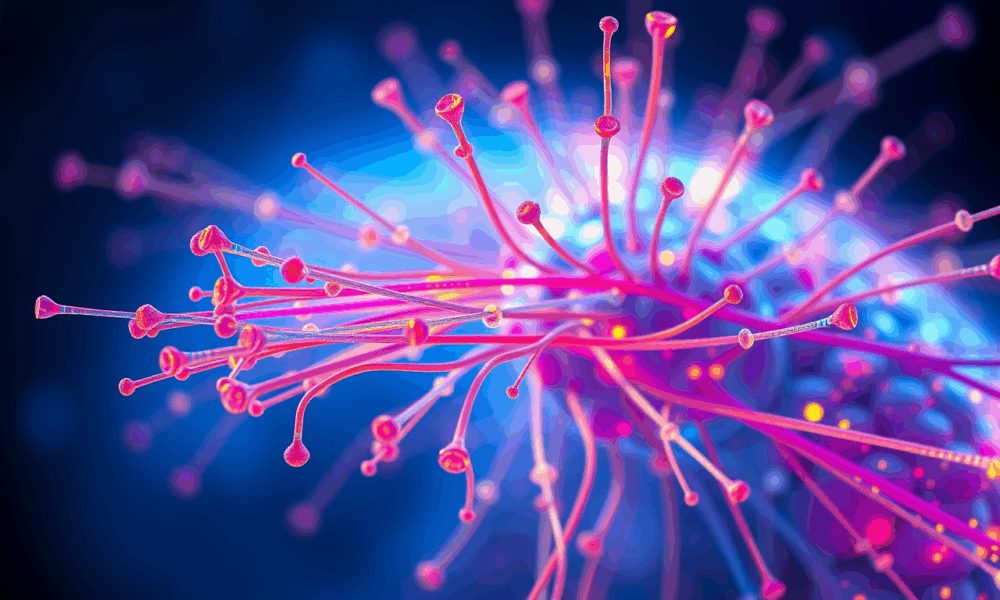
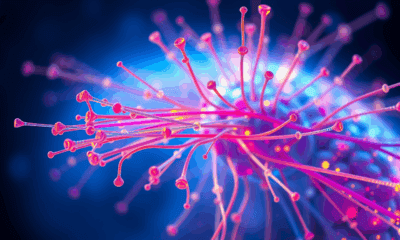

Scientists found out how naturally unstable filaments decide whether to grow or to shorten.



Whether you are lucky enough to have a cat companion or must merely live this experience vicariously through cat videos, Felis catus is a familiar and...
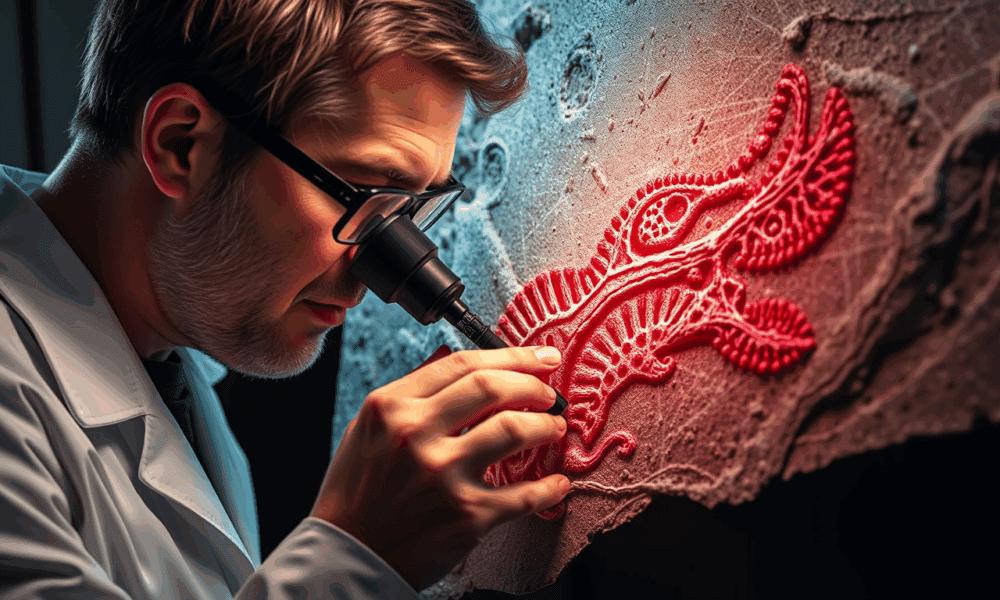
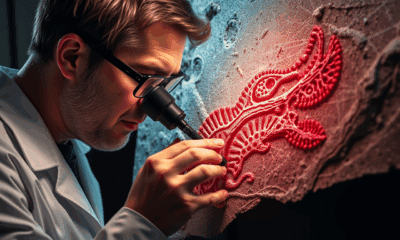

New techniques used to analyze soft tissue in dinosaur fossils may hold the key to new cancer discoveries. Researchers have analyzed dinosaur fossils using advanced paleoproteomic...
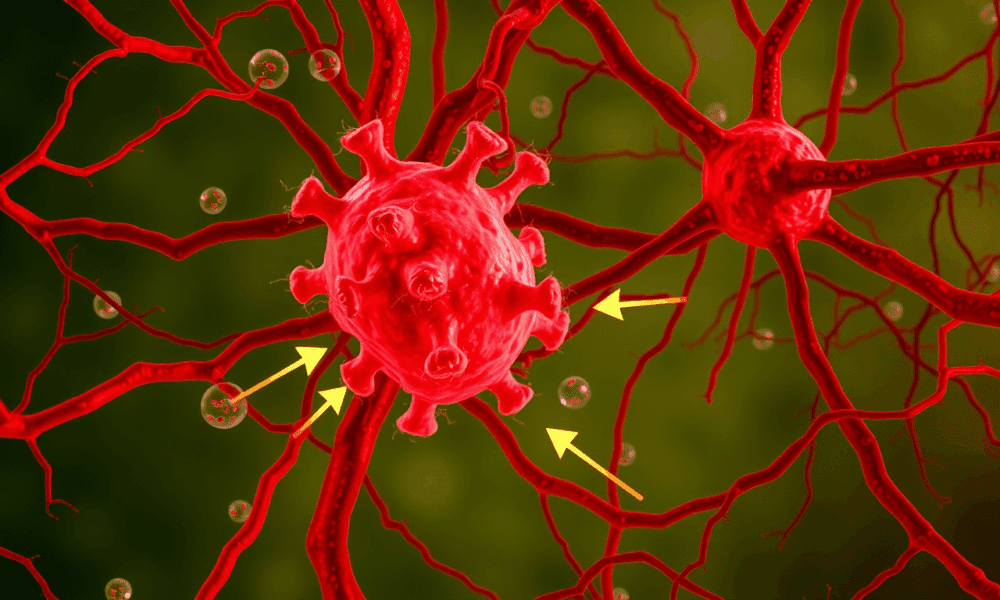
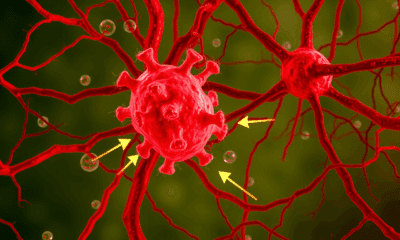

The aging of the innermost cell layer of blood vessels leads to cardiovascular diseases. Researchers have now shown for the first time that intestinal bacteria and...